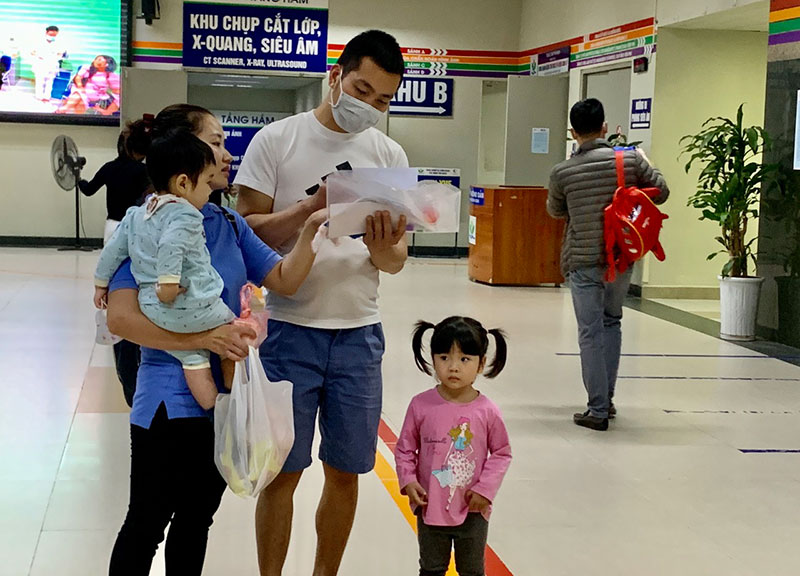According to the Tobacco Harm Prevention Fund ( Ministry of Health ), tobacco use is the cause of 25 diseases and causes 90% of lung cancer cases, 75% of chronic obstructive pulmonary disease cases, and 25% of ischemic heart disease cases.
Tobacco use is estimated to cause 30% of cancer deaths in the United States. In the 20th century, 100 million people died from tobacco-related diseases. Each year, about 8 million people die from tobacco-related diseases worldwide, including 1.23 million deaths from diseases caused by exposure to secondhand smoke (passive smoking).
The World Health Organization predicts that if there are no timely preventive measures, in the 21st century, the total number of people dying from diseases caused by tobacco will reach 1 billion.
In Southeast Asia, tobacco-related deaths in men account for about 1.5%, the second highest after the Western Pacific region, with an estimated nearly 1 million deaths each year.

In Vietnam, while the incidence of infectious diseases is decreasing, non-communicable diseases are increasing rapidly. Diseases caused mainly by tobacco use such as stroke, coronary artery disease, chronic obstructive pulmonary disease (COPD), lung cancer... are the leading causes of death in men.
Passive smoking is also identified as a cause of illness in non-smokers who regularly inhale cigarette smoke. These people include wives, children, people living in the same household as smokers and people who regularly work in environments with cigarette smoke. Passive smoking can cause many serious illnesses such as lung cancer, respiratory infections, cardiovascular diseases...
According to the Tobacco Harm Prevention Fund, the risk of coronary artery disease in passive smokers is 25-30% higher than in those who do not inhale cigarette smoke. In children, passive smoking causes respiratory inflammation, coughing up mucus or wheezing, otitis media, worsening asthma symptoms and is one of the causes of sudden infant death syndrome and hearing loss (in adulthood).
Later in life, children who grow up with secondhand smoke are more likely to develop asthma, lung cancer, other cancers, and heart disease. In addition, children who grow up with parents who smoke are more likely to smoke themselves.
If your child already has asthma, secondhand smoke can make their symptoms worse or more severe. In addition, secondhand smoke can make your child's asthma worse, causing them to need asthma medication or have to go to the hospital more often.
In addition, cigarette smoke can affect the fetus. If a woman (who does not smoke) lives in a house with cigarette smoke, the baby is at risk of being born with a lower birth weight than other normal babies.
Doctors also recommend that just making a smoke-free room in the house is not enough for children, parents need to make the whole house smoke-free. Using an air purifier will not help. The measure to prevent passive smoking in children is that children must live in a smoke-free environment. Parents and relatives around them who smoke should quit smoking to build a smoke-free environment, protecting the health of themselves, their relatives and the community.
Source: https://cand.com.vn/y-te/tre-em-gap-nhieu-nguy-co-mac-benh-tat-boi-hut-thuoc-la-thu-dong-i781093/






![[Photo] Prime Minister Pham Minh Chinh chairs the first meeting of the Central Steering Committee on housing policy and real estate market](https://vphoto.vietnam.vn/thumb/1200x675/vietnam/resource/IMAGE/2025/9/22/c0f42b88c6284975b4bcfcf5b17656e7)




























































































Comment (0)